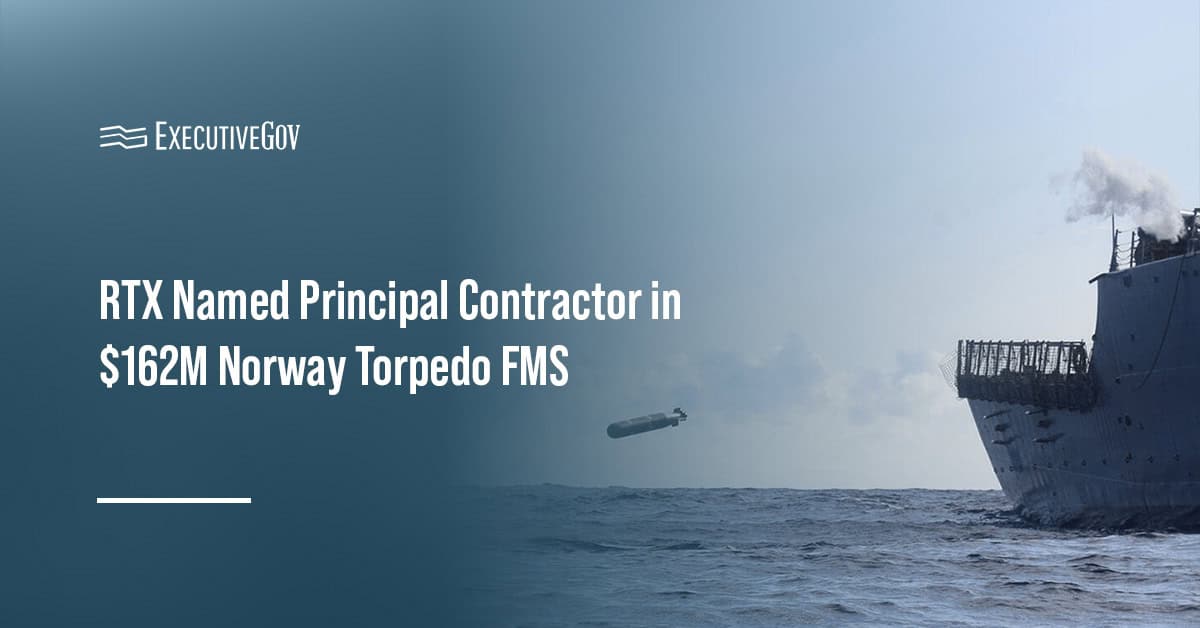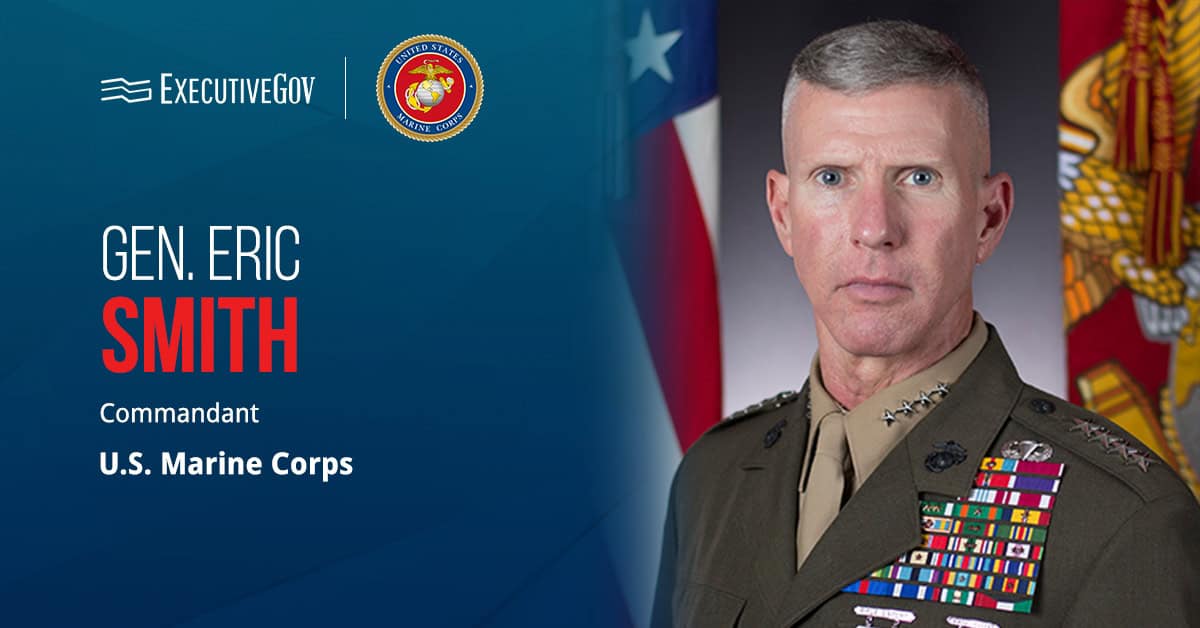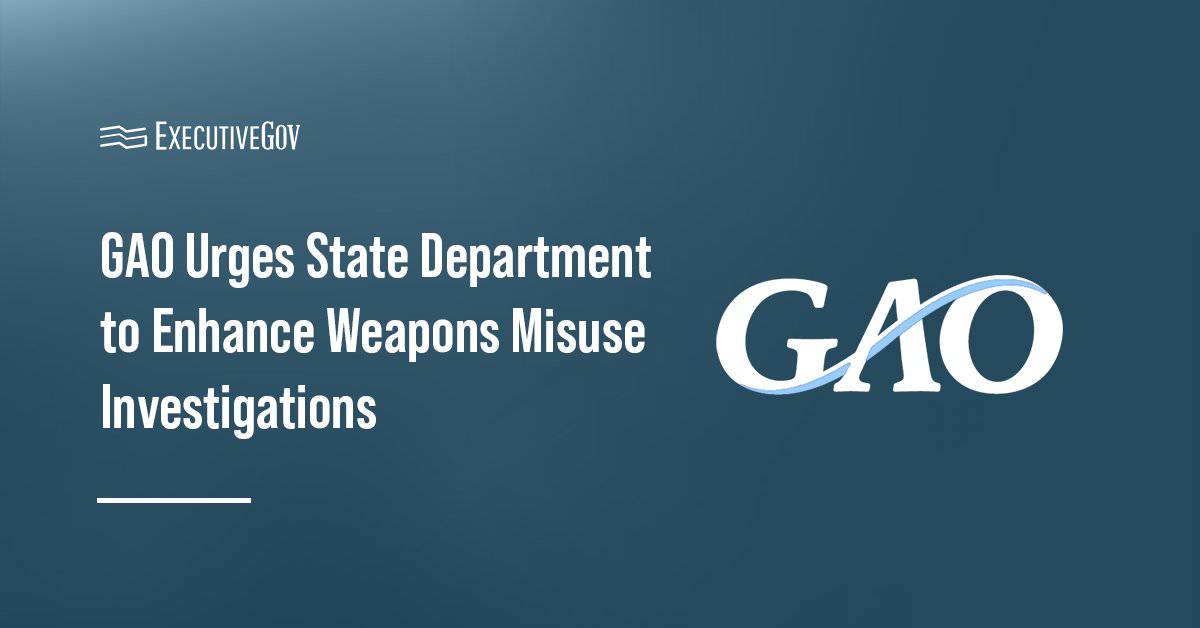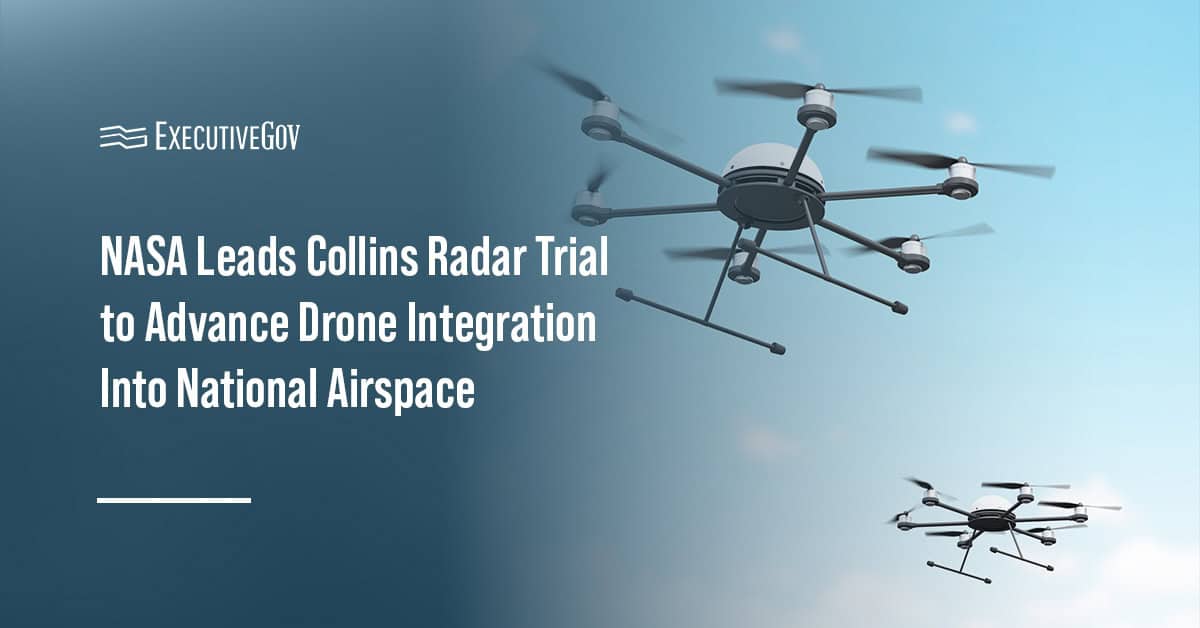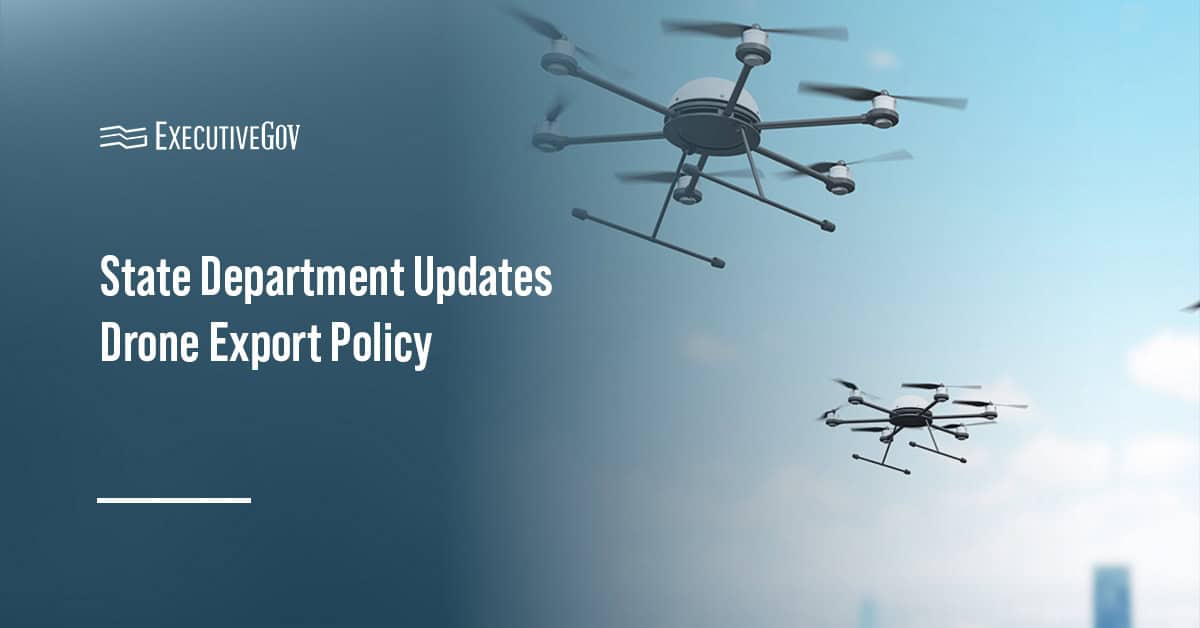The Department of State has approved a possible foreign military sale of up to 50 MK 54 MOD 0 lightweight torpedoes and related equipment to Norway valued an estimated $162.1 million. RTX will serve as the principal contractor for the transaction, the Defense Security Cooperation Agency said Wednesday.

Potomac Officers Club’s 2025 GovCon International and Global Defense Summit on Oct. 16 will cover the bureaucracy surrounding foreign military sales and the global supply chain. Book your seat at the Hilton McLean Tysons Corner-hosted event to hear insights on the defense topic from participating U.S. and NATO military leaders , as well as industry experts.
According to DSCA, the non-major defense equipment included in the FMS include torpedo parts, storage containers and software, as well as U.S. government and contractor support services. Implementing the sale will require temporary assignment of U.S. government and contractor representatives for technical oversight and assistance, the agency added.
The armory of the Royal Norwegian Navy currently holds MK 54 MOD 0 lightweight torpedoes, and it will not be difficult for the service to absorb the additional all up rounds munitions.
Other Recent FMS Approvals for Norway
The State Department in May also approved the proposed FMS of AIM-9X Block II Tactical Missiles and related equipment to Norway for $370.9 million, with as RTX as the principal contractor.
Besides the Norwegian torpedo and missile procurements, DSCA also announced on Friday the State Department’s approval of a possible FMS to Norway of 816 GBU-39B Small Diameter Bomb Increment I and support equipment worth an estimated $113 million. Boeing is the principal contractor in the proposed bomb sale.


